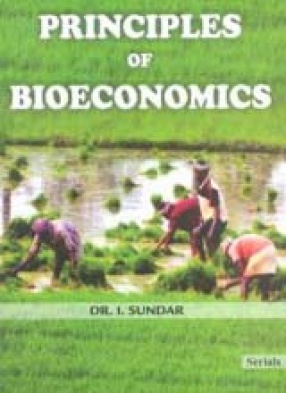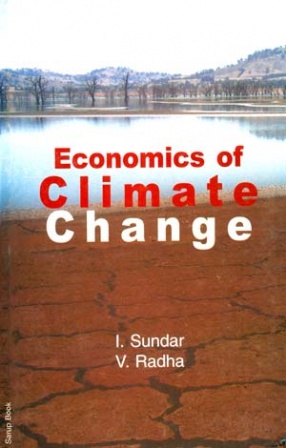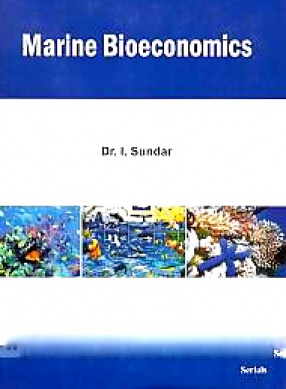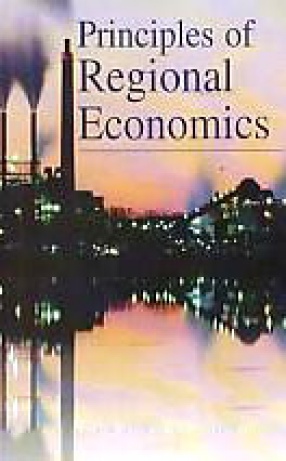Principles of Bioeconomics
Bioeconomics is a theory of economic exploitation of living resources, dealing with two dynamic systems: population dynamics and the dynamics of economic systems. Bioeconomics therefore leans on two traditional university disciplines, biology and economics. Bioeconomics consists of a deep interpretation of economic knowledge with knowledge not only of our air and water but also all living things residing in it, plants, animals and humans including their thoughts and their emotions. It is through these that bioeconomic differs from, and is superior to ecological economics. Bioeconomics is more holistic and inclusive; ethical and aesthetic dimensions of the human experience are not left out. Bioeconomics is a discipline originating from the synthesis of biology and economics. It is an attempt to bridge, through the concept of holism and interdisciplinary methodology, the empirical culture of biology and the literary culture of economics.
Bioeconomics is a relatively young field that uses an expanded microeconomics to examine animal behavior, human behavior, and animal and human social institutions. A voluminous literature is rapidly accumulating. There are as yet no standard textbooks, but there are several excellent working papers, journal articles, Magazine articles, research reports and monographs on Bio-Economic analysis. Knowledge of bio-economics is highly relevant and useful in the context of unsustainable means of production 8nd consumption of goods and services. The present system of production of goods and services encourages the use of inorganic substances and chemical inputs. Consequent upon this life support system is deteriorated. Hence knowledge and awareness of sustainable utilization of biological resources is an urgent need of the hour. The traditional branch of economics does not give due attention to the link between biology and economics.
Get it now and save 10%
BECOME A MEMBER











Bibliographic information